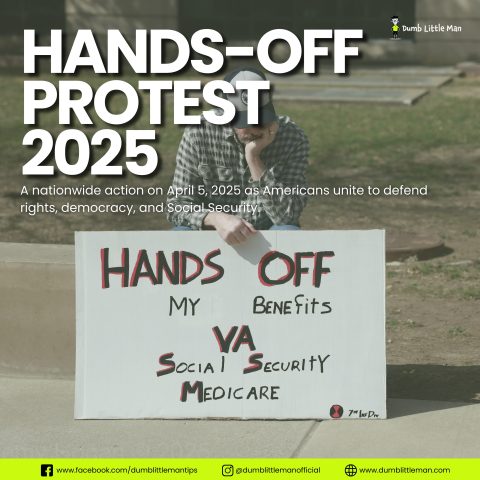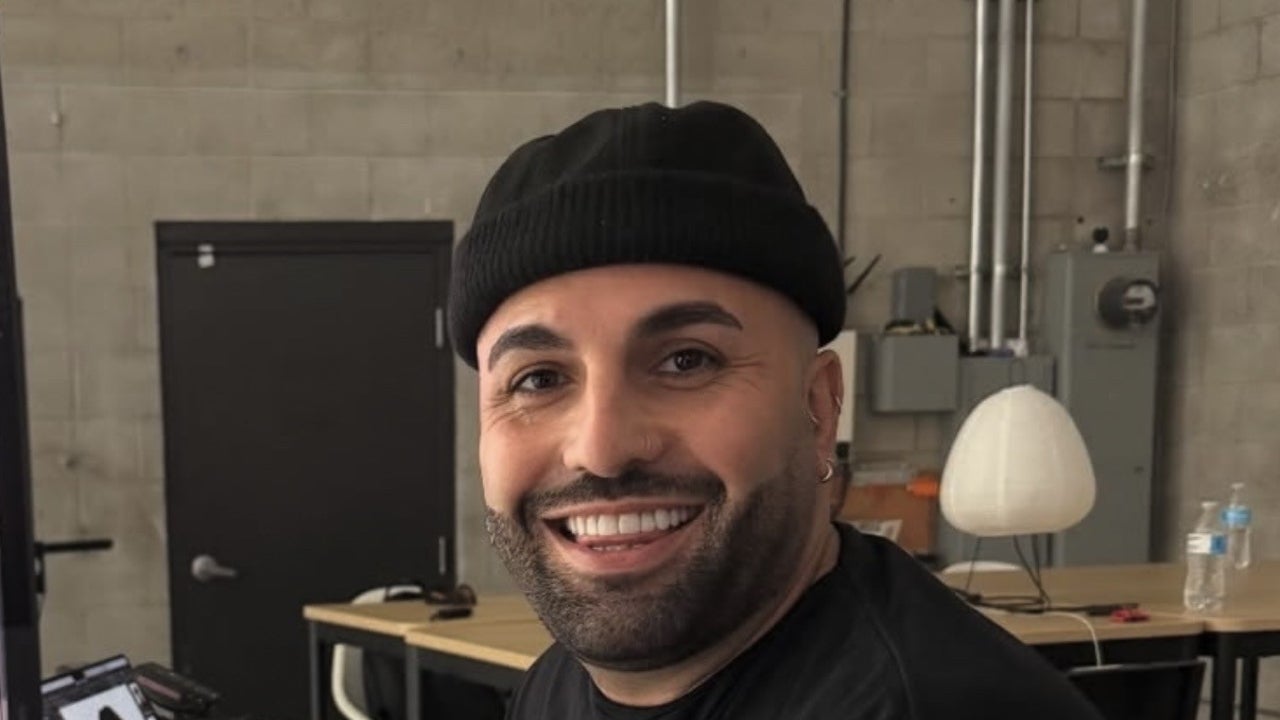The Surprising Trick This Breathing Expert Uses To Stop A Panic Attack
Sounds suspect, but don't write it off just yet.

Advertisement
This ad is displayed using third party content and we do not control its accessibility features.

Former Senior Beauty & Lifestyle Editor
Former Senior Beauty & Lifestyle Editor
Jamie Schneider is the former Senior Beauty Editor at mindbodygreen. She has a B.A. in Organizational Studies and English from the University of Michigan, and her work has appeared in Coveteur, The Chill Times, and Wyld Skincare.
Image by BONNINSTUDIO / Stocksy January 16, 2025 We carefully vet all products and services featured on mindbodygreen using our Our selections are never influenced by the commissions earned from our links. You know the feeling: Your fingers tingle, your vision blurs, and your throat closes up. Panic attacks are the worst. And when you feel one about to take over, it can be difficult to reflect on all the anxiety remedies you may have stashed in your mental health toolkit. Those strategies do have their time and place, of course, but you may be looking to relieve the feeling like, right now. Not many of us can conjure up a gratitude practice when our mind is frozen and we have tunnel vision. Sounds suspect, but don't write it off just yet: Here, Bentley explains why it works. 
How intentional short breaths can help during a panic attack
Many breathwork experts advocate slow, intentional breathing—this engages the diaphragm, increases oxygen in your lungs, and stimulates the vagus nerve. So when Bentley tells you to take in quick, shallow inhales, it's understandable you may raise a brow.
But here's how it works: The theory is that when you control your shortness of breath (rather than succumbing to the feeling entirely), your body registers that you're doing it intentionally so you can stop at any time. "Doing it intentionally and in a relaxed manner and setting can actually help open up the lungs," Bentley adds, "so that when one does try to breathe in fully, it actually relieves that feeling." It's like your body knows you're in control of those shallow breaths rather than falling victim to the anxiety.
So the next time you feel the anxiety crawling up your throat, try Bentley's technique: When you breathe, stop about three-quarters of the way into your inhale; essentially, you're preventing your full breaths. Repeat for around five to 10, or even 20, breaths. Make no mistake: "It can feel uncomfortable," Bentley notes. It's not an instantly gratifying process, but neither is a panic attack, right? And the next time you take a full inhale, your lungs may welcome all the oxygen.
We should note that the research is limited, but it seems like this technique has a similar effect to the "bellows breath" in yoga, which is often used to clarify the mind. Plus, Bentley has her own anecdotal evidence: "It's kind of counterintuitive, but I've tried it myself," she adds. "If you're feeling anxious and you're like, 'I can't breathe well,' intentionally preventing full inhales for a series of inhales can actually help relieve that feeling."
The takeaway
According to Bentley, intentionally preventing your inhales can actually help you relieve feelings of panic. Just know that this is a short-term practice for in-the-moment anxiety only—slow, intentional breaths are still top-notch for anxiety at large; and like Bentley said, short, choppy inhales can be uncomfortable, so you don't want to make it your go-to breathing pattern. But in a pinch? Well, it might just do the trick.

 Fransebas
Fransebas 






























